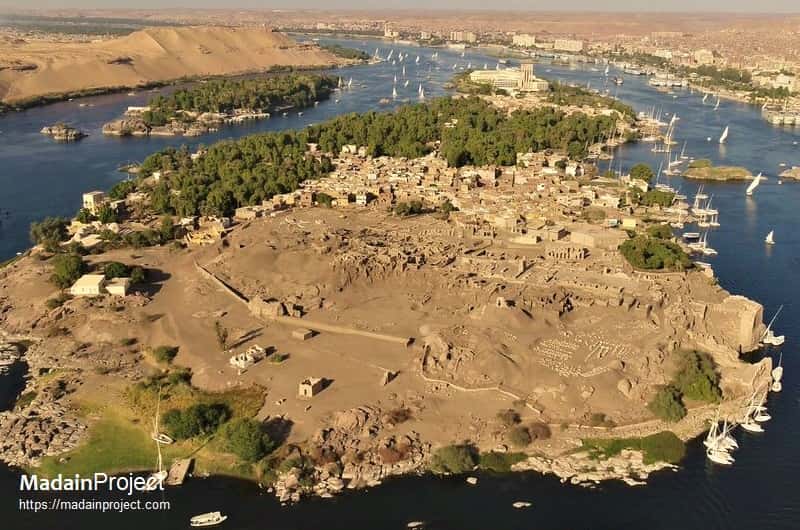EGYPTIAN TRIPS

DESCOVER OUR WONDERFUL_EGYPT
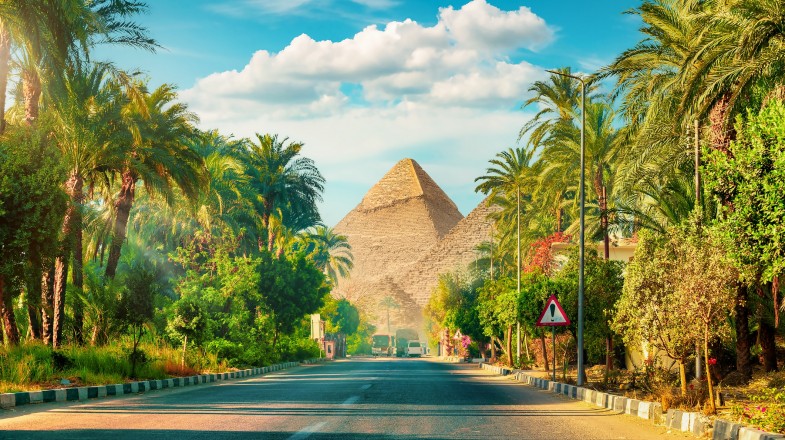
Egypt is probably the world’s oldest civilization having emerged from the Nile Valley around 3,100 BC, historically. Egypt is one of the oldest vacation spots. Early Greeks, Romans and others went there just for fun, and to see the wonders of some of mankind’s earliest triumphs. But Egypt is much more than Pyramids and monuments. It is also Red Sea scuba diving, hot night spots, luxury hotels and five star restaurants. It is romantic cruises down the Nile on festive river boats, a night at the grand opera and it is a cultural experience like none you have ever experienced. Egypt is a land bustling with life, sound, visual beauty and excitement. More than anything else, we want you to think of Egypt as fun. For thousands of years, it has been the playground of emperors and kings.
Cairo Tower
It has become one of Cairo’s most famous landmarks after the Pyramids of Giza and many famous figures – presidents, politicians and movie-stars including Katherine Hepburn – have marvelled at a truly unique view of Cairo.
Designed by Egyptian architect, Naoun Chebib, the tower was built using ganite, between the years 1954 to 1961. Granite is also the same material used by ancient Egyptians which is symbolic in its own way as is its unique structure and fantastical form.
The best time to visit is at dusk, to take in the illumination of the Tower, the city’s twinkling lights, and the Giza and Sakkara pyramids to the west.
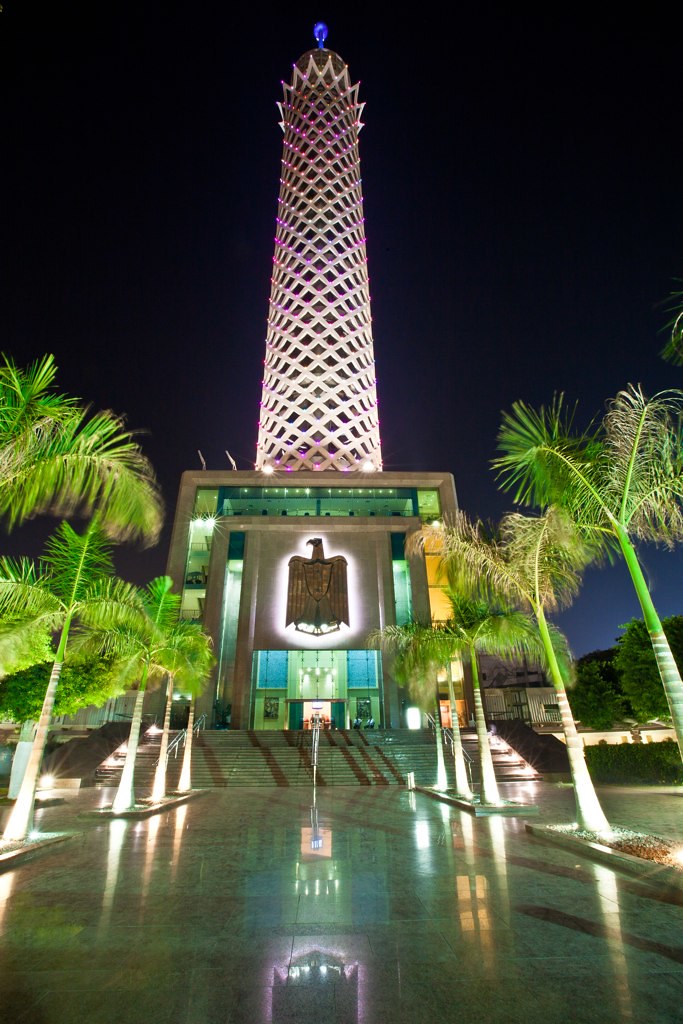
The Great Pyramid
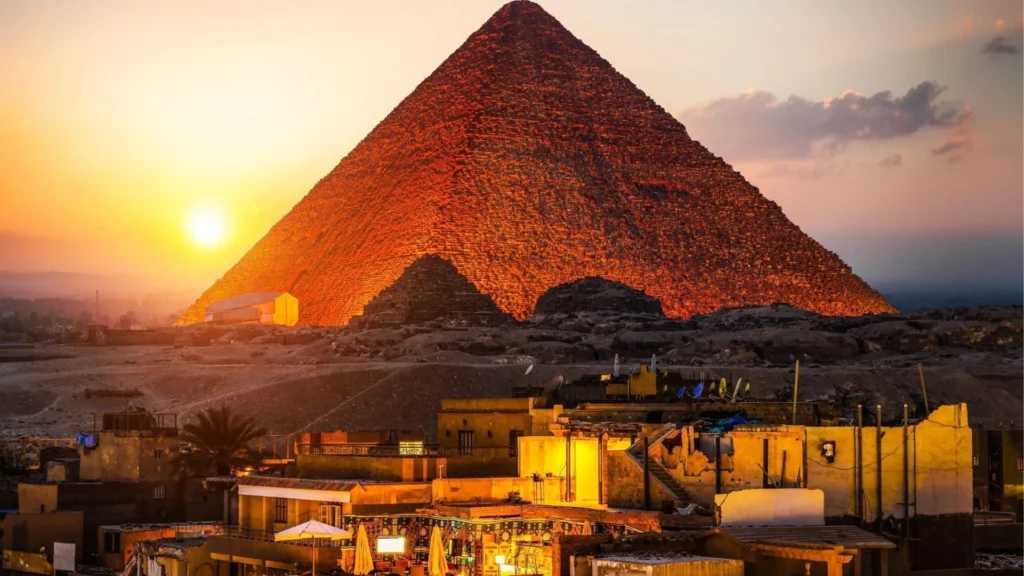
The Great Pyramid of Giza is a defining symbol of Egypt and the last of the ancient Seven Wonders of the World. It is located on the Giza plateau near the modern city of Cairo and was built over a twenty-year period during the reign of the king Khufu. Until the Eiffel Tower was completed in Paris, France in 1889 CE, the Great Pyramid was the tallest structure made by human hands in the world; a record it held for over 3,000 years.
The Pyramid, 756 feet wide and 481 feet high, is the largest of three principal pyramids at the Giza Necropolis. It was built by 100,000 men between 2580 and 2560 BC using over 5 million tons of limestone. The largest blocks, transported from Aswan (over 500 miles away) weigh about 80 tons.
The Pyramid is exceptionally well-preserved and is surrounded by a large burial site, which includes two temples, two other large pyramids (dedicated to Khafre and Menkaure), a number of smaller satellite pyramids, small mastaba tombs for nobles, large cemeteries to the east and west, and the Great Sphinx to the south east.
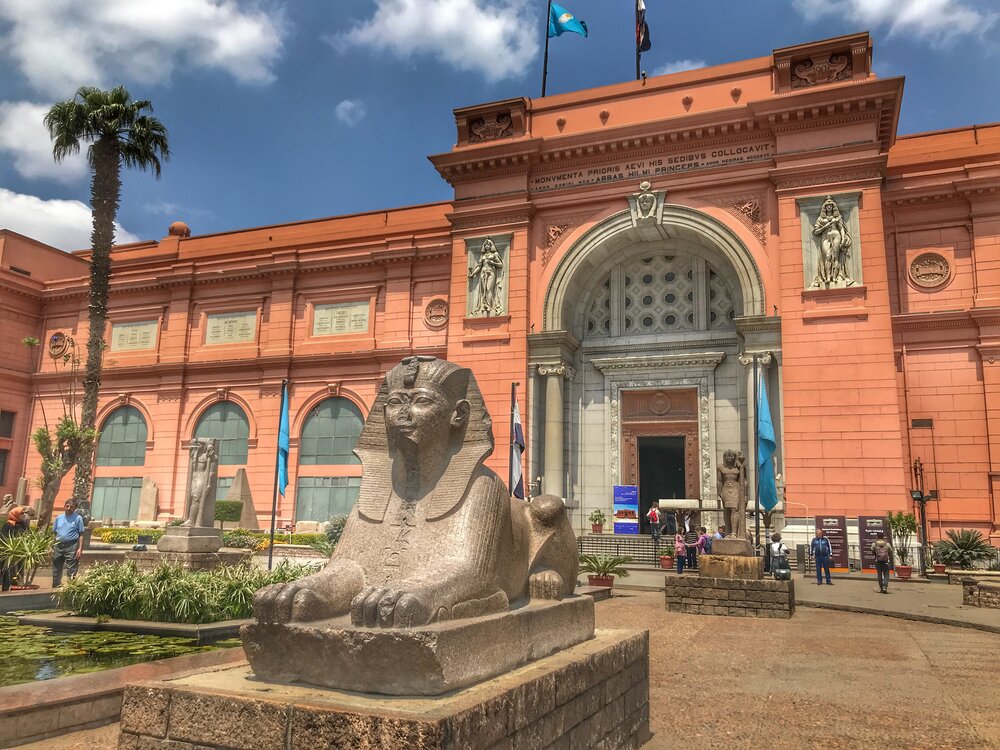
The Egyptian Museum
Established in 1902, and housed in a distinctive red brick building on Tahrir Square, the Museum’s collection extends to over 120,000 artefacts. The highlight is undoubtedly the Golden Mask of Tutankhamen, which rested over the King’s bandaged face in his sarcophagus; composed of 11 kilograms of solid gold, the Mask is thought to represent the King’s features.
The Museum also houses a large number of other artefacts discovered in Tutankhamen’s tomb, including a decorated chest, ivory and gold bracelets and other jewellery and weapons.
Other notable pieces include the mummified remains of a number of Pharaohs, including the newly discovered mummy of Queen Hatshepsut.
Alexandria
Alexandria was created by Alexander the Great in 333 BCE. It is a Mediterranean port city in Egypt. It was home to a lighthouse ranking among the Seven Wonders of the Ancient World. The city has Greco-Roman landmarks, old-world cafes and sandy beaches. Among the fabulous monuments mentioned by ancient Greek books also are the Enclosure Walls and the Gates of the City, the Lighthouse, the Great Library, the Royal Necropolis including the Tomb of Alexander and the Museums.
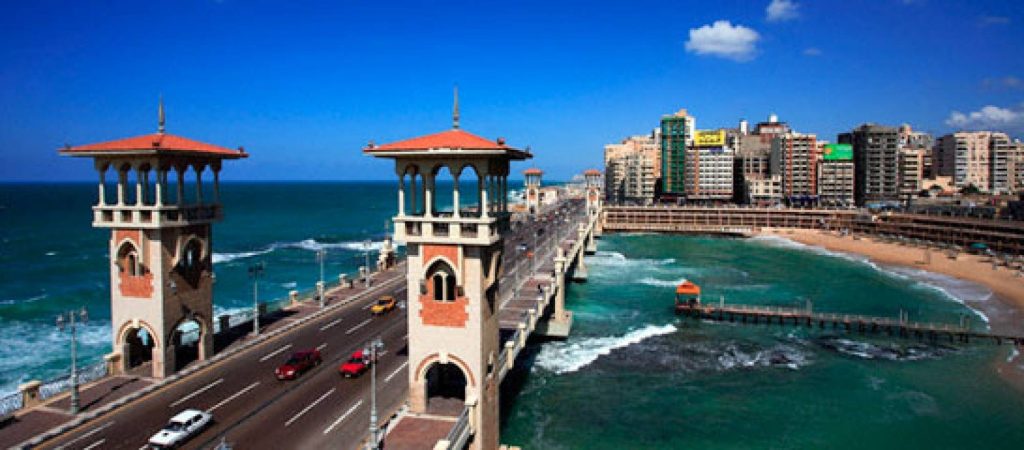
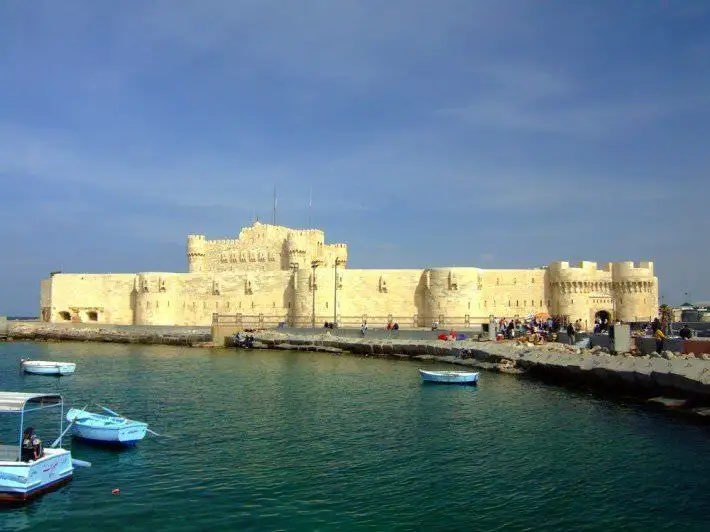
Citadel of Qaitbay
The Citadel of Qaitbay is a 15th-century defensive fortress located on the Mediterranean Sea coast, in Alexandria, Egypt. It was established in 1477 AD by Sultan Al-Ashraf Sayf al-Din Qa’it Bay.
Ras El Tin Palace
Ras El Tin Palace is a palace on the coast of the Mediterranean Sea in Alexandria, Egypt. It is one of the official residences for a serving President of Egypt. Under the Muhammad Ali Dynasty of Egypt and Sudan, it was a royal palace.
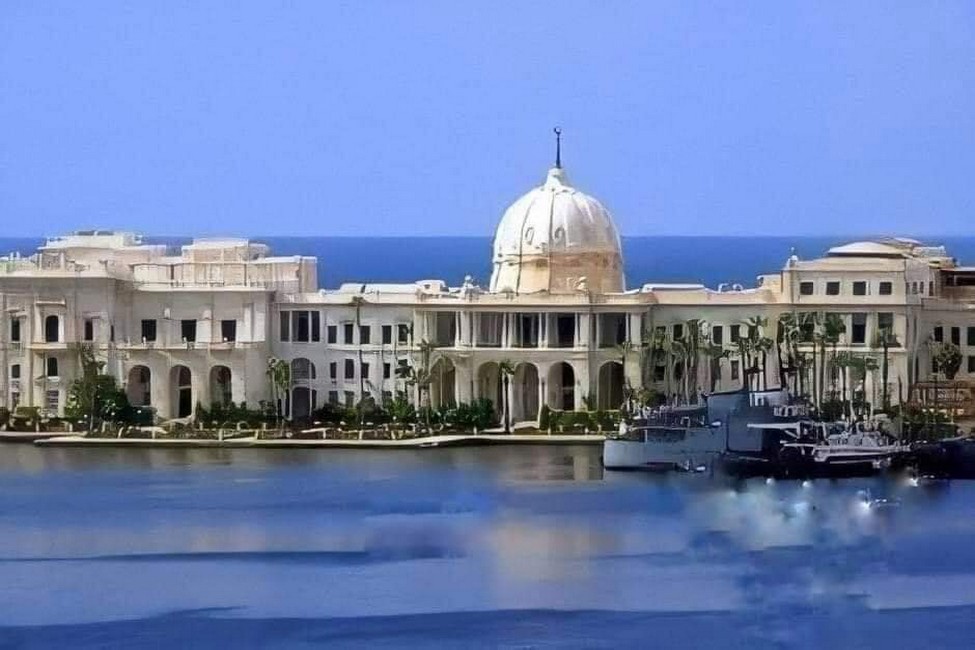
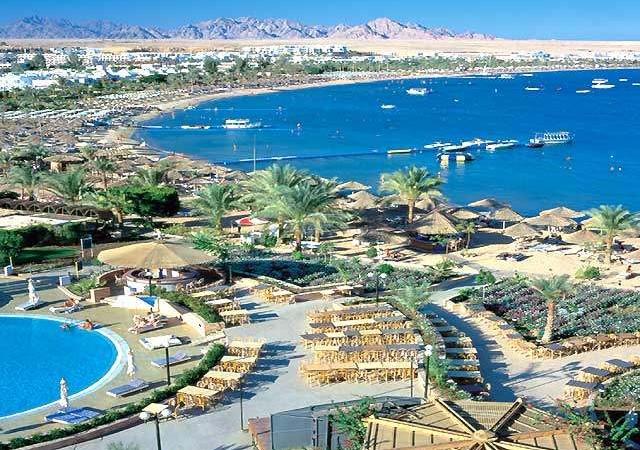
Sharm el-Sheikh
Sharm el-Sheikh was built in 1968 and is known as the City of Peace. Since that date, the city has developed rapidly until it has become one of the most famous tourist cities in Sinai and the world, and it is considered one of the four most beautiful cities in the world according to the BBC classification for the year 2005. The city’s transformation also led to modern systems in architecture, entertainment, safety and hotel service to qualify it to win an organized award. UNESCO selected it among the top five cities of peace in the world out of 400 global cities
Hurghada
Hurghada is the administrative capital of the Red Sea Governorate, and occupies an area of 40 km of the coastal strip of the western shore of the Red Sea. It is bordered to the north by the city of Ras Ghareb, to the south by the city of Safaga, to the east by the Red Sea coast, and to the west by the Red Sea mountains. The Giftun Islands, Umm Qamar, Magawish, Abu Ramada, Abu Minqar, Fanadir and Shadwan are located in it. Among its most famous resorts are El Gouna, Sahl Hasheesh, Soma Bay and Makadi Bay.
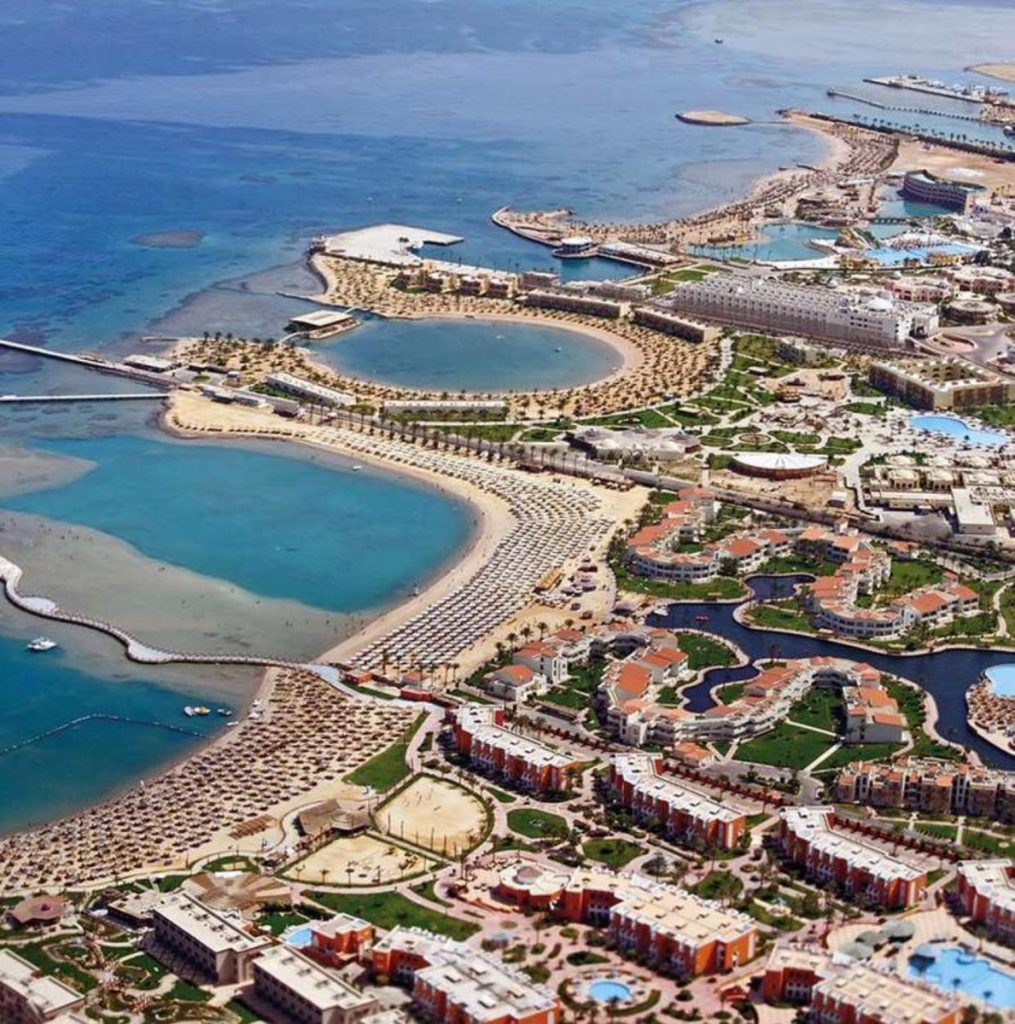
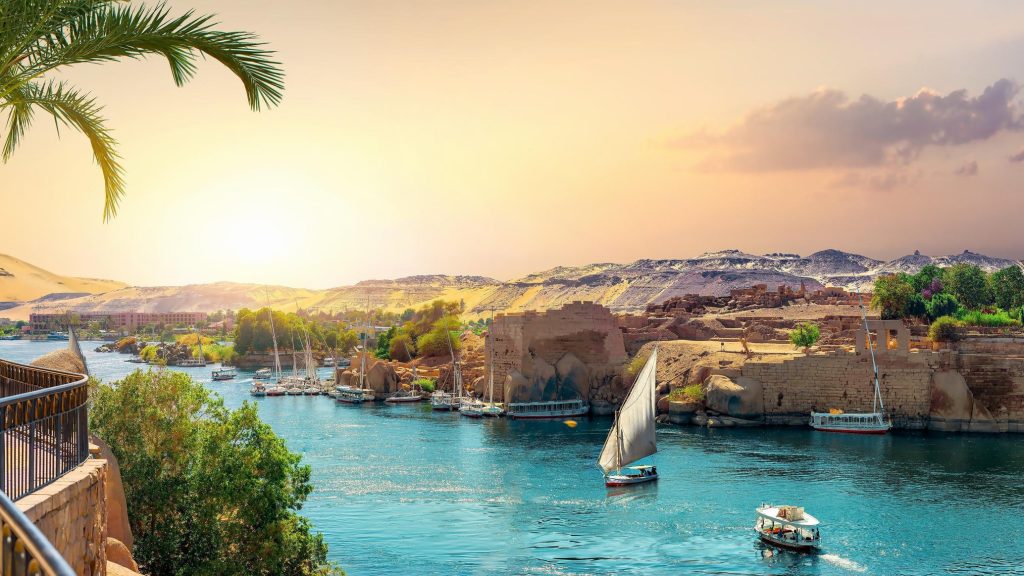
Aswan
Egypt’s third largest city, and the largest in Upper Egypt, is situated at the end of the Nile Valley to the North end of Lake Nasser. It is a major mining area for aluminum and iron as well as also being one of the favorite places for tourists to visit due to it being a major stop for cruise boats; for the River Nile as well as Lake Nasser. It has a local market that is an excellent place to do your holiday shopping; this is especially true if you want spices as you will find the best types of fresh spices here.
Elephantine Island
One of the most beautiful tourist spots in Aswan, where it is decorated with charming palm trees and brightly colored village houses. It is considered one of the most attractive landmarks of Aswan.
The Aswan Museum is located in the end of island, and the ruins of the oldest settlement in Aswan, which include the Khenum Temple and the Satit Temple. The eastern dam is located beneath the ruins of the settlement, the Nile scale that was built in the Pharaonic era to determine the level of the Nile at the time of harvest.
